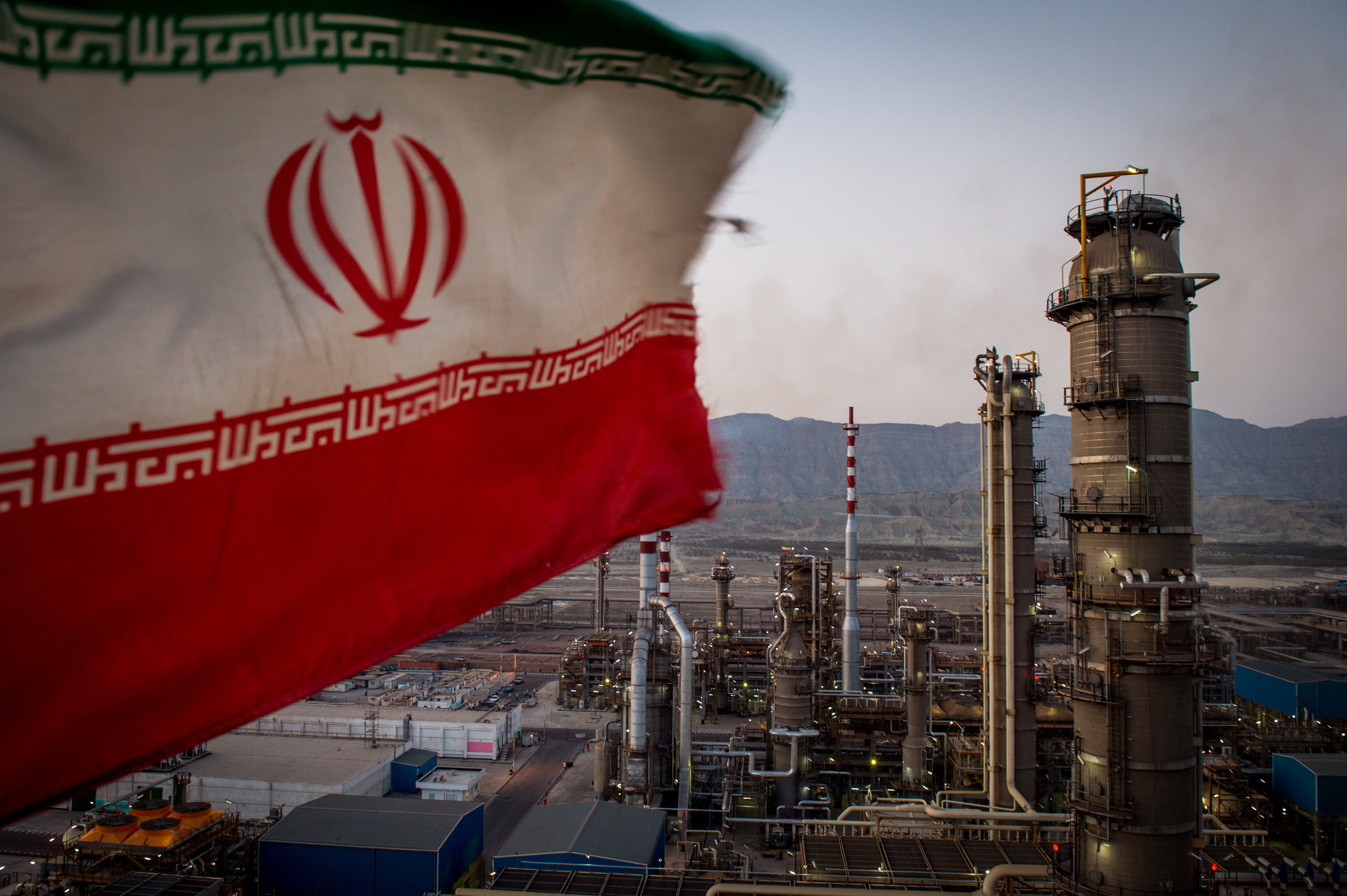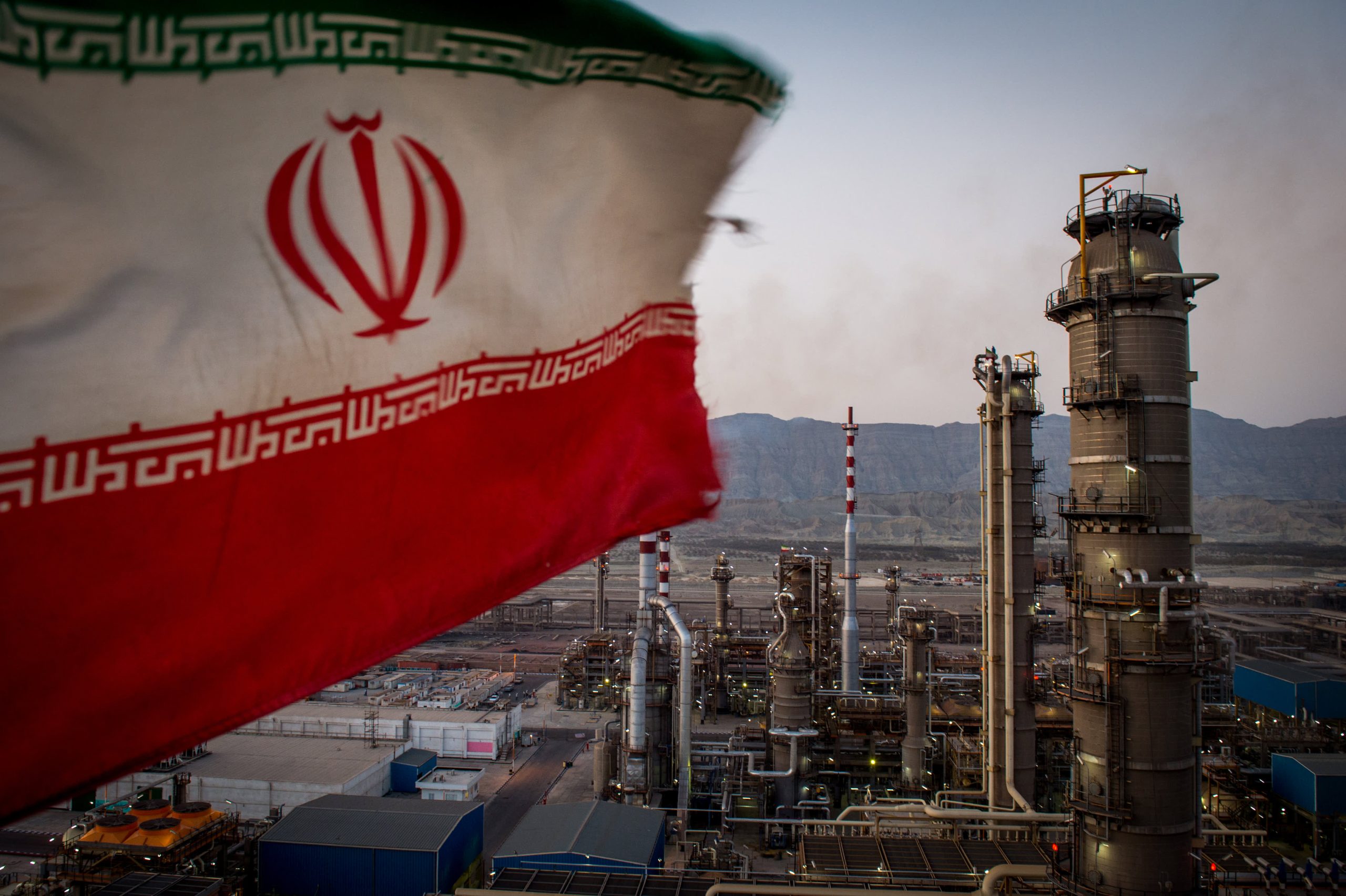
The recent rollercoaster ride in global oil prices has grabbed headlines and investor attention alike, likening the market to a powder keg waiting for the next spark. At the heart of this volatility lies a complex web of geopolitical maneuvering, chiefly revolving around the tense yet hopeful developments in U.S.-Iran relations. Within just a few days, benchmark prices for crude oil plunged sharply—Brent crude dipped by roughly 3.7% to $63.65 per barrel, and U.S. West Texas Intermediate (WTI) futures slid nearly 4% to about $60.66. These sharp moves reveal just how finely tuned oil markets are to political signals and expectations around supply disruptions or expansions.
What’s fueling this recent dip? The prominent catalyst is growing optimism regarding a potential revival or replacement of the U.S.-Iran nuclear deal. The mere possibility of a breakthrough in talks is enough to send ripples through the market. If sanctions on Iran are relaxed following any new agreement, Iran would likely boost its crude oil exports. Given Iran’s sizable oil production capacity, an influx of Iranian barrels into the global supply would naturally push prices down by easing overall supply constraints. President Trump’s statements during a Middle East trip hinted at thawing tensions, spurring investor speculation on a deal. Such geopolitical signals can dramatically shift market sentiment, sometimes more powerfully than raw supply and demand data.
But it’s not only geopolitical chatter driving prices down. U.S. inventory reports provide a critical piece of the puzzle. Last week’s surprise build-up in U.S. crude inventories sent a strong bearish message, indicating that supply might be outstripping demand in the near term. This comes amid broader uncertainties about global oil demand, factors ranging from economic slowdowns to changing energy consumption patterns. When inventory levels rise unexpectedly, traders interpret it as a sign that production is outpacing consumption, which tends to prompt aggressive selling of crude futures contracts. Hence, the sudden price drops witnessed over recent sessions.
Putting these recent events in historical perspective paints a richer picture. Oil prices have been on a downward trend recently, hitting multi-year lows with WTI crude nearing levels not seen since late 2021. Much of this downward pressure has stemmed from inconsistent policy signals from the U.S. administration—especially around tariffs and sanctions—that affect trade flows and ultimately demand for energy. Last year’s tariff announcements triggered jitters about slowing global economic growth, which in turn weighed heavily on oil prices. However, these price movements have been anything but linear, with rebounds following changes in trade policies or flare-ups in geopolitical tension. The oscillating nature of crude prices underscores the market’s acute sensitivity to political and economic developments worldwide.
Adding more layers to the story is Iran’s relationship with other major players in the energy market. China, as Iran’s largest oil customer, plays a pivotal role. Any easing of sanctions on Iranian oil must also account for Beijing’s economic and strategic interests, as sanction regimes targeting Iranian exports risk straining Sino-U.S. relations or disrupting established trade channels. Meanwhile, the Organization of the Petroleum Exporting Countries (OPEC) continues to be a significant force influencing global supply. Its production decisions, especially those led by Saudi Arabia, serve to either counterbalance or amplify the effects of U.S.-Iran diplomatic progress. Saudi Arabia’s apparent support for the nuclear talks signals its strategic approach to stabilizing oil markets and maintaining regional geopolitical influence.
In essence, the current decline in oil prices is a product of intertwined factors: renewed hopes for a U.S.-Iran nuclear accord that could lift sanctions and expand supply, surprise inventory builds in the U.S. signaling oversupply risks, and broader geopolitical-economic currents shaping market expectations. This cocktail of influences ensures crude oil prices remain highly reactive to both political negotiations and tangible supply-demand metrics. Despite the optimism surrounding sanction relief, uncertainties linger about how quickly Iran can ramp up exports and how global markets will absorb additional barrels amid evolving demand trends. For investors and policymakers alike, watching these developments unfold is crucial for navigating an energy landscape characterized by continual flux and unpredictability.
Looking ahead, the coming months promise ongoing volatility in oil markets as stakeholders monitor the progress of nuclear talks, assess OPEC’s production responses, and track demand shifts amid uneven economic recovery worldwide. This dynamic environment underscores that in the game of global oil pricing, political intrigue and market fundamentals remain inseparably linked, with each new headline or inventory report capable of tipping the scales.

